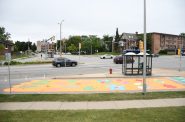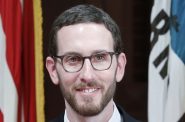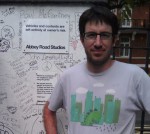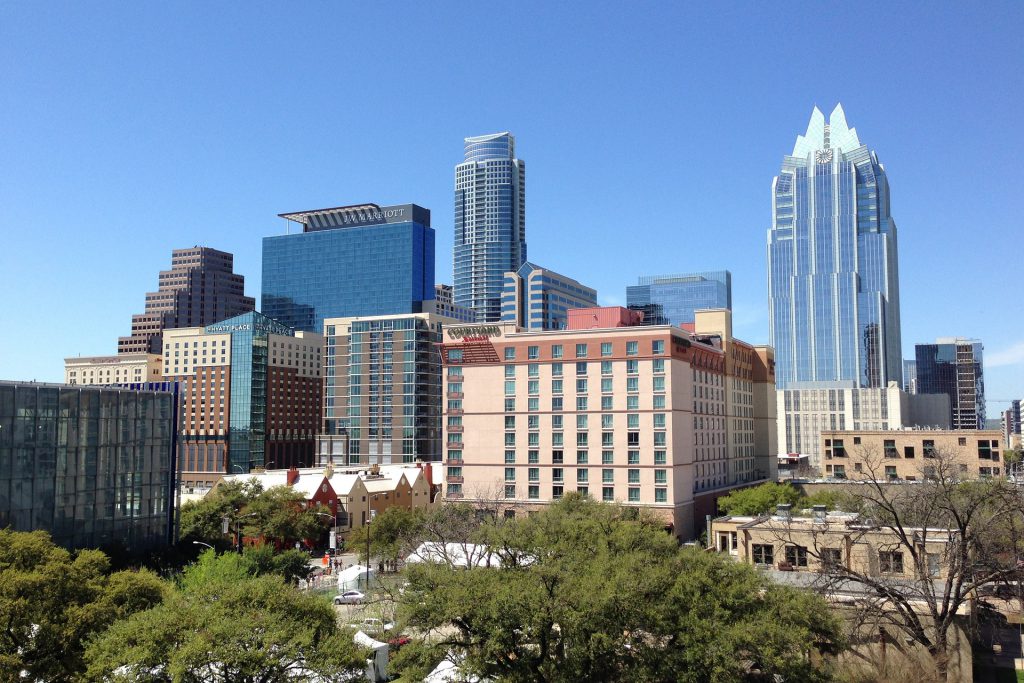Austin Drops Parking Requirements
All the city news you can use.
Every day at The Overhead Wire we sort through over 1,500 news items about cities and share the best ones with our email list. At the end of the week, we take some of the most popular stories and share them with Urban Milwaukee readers. They are national (or international) links, sometimes entertaining and sometimes absurd, but hopefully useful.
Wawa modernization ruins greatness: As more and more companies tweak their brand and store design to be more generic and globally acceptable, they are losing the quirkyness and individuality that makes them stand out and be loved. The most recent example of this “AirSpace” design trend is Wawa in Philadelphia, a beloved local convenience store chain that now boasts more touch screen ordering mechanisms and bland sans serif type faces. (Nadira Goffe | Slate)
Nashville planners set to modernize car oriented city: Nashville’s Department of Transportation and Multimodal Infrastructure will soon share its Connect Downtown plan focused on figuring out downtown’s transportation black box. While large projects such as bus rapid transit and street closures are long slow processes, a bike network could be a visible deliverable and sign of multi-modal progress in a city that Forbes ranked first in worst commute rankings. (Eli Motycka | Nashville Scene)
Germany’s ugly duckling city success: In the center of Western Germany’s industrial heart, the City of Essen has been slowly cleaning up its industrial past to become one of the greenest cities in the country. The city has turned its largest coal production facility into an eco park and the slag heaps into concert venues and ski hills while a bike superhighway’s first segment has already reduced emissions by 16,600 tons a year. The transformation is a good example of how cities can move into a green future. (Norman Miller | BBC Travel)
Can seawalls save us? Parts of Pacifica just south of San Francisco on the California coast have been sloughing into the ocean over time as waves crash on the land. The city had created a seawall and has put loose rock known as riprap along the shoreline to reduce impact with few tangible results. The experience begs the question of whether seawalls and defensive interventions will be useful in a future of sea level rise or a waste of resources that could be better spent on managed retreat. (Daniel A. Gross | The New Yorker)
Quote of the Week
Half of Cruise’s 400 cars were in San Francisco when the driverless operations were stopped. Those vehicles were supported by a vast operations staff, with 1.5 workers per vehicle. The workers intervened to assist the company’s vehicles every 2.5 to five miles, according to two people familiar with is operations. In other words, they frequently had to do something to remotely control a car after receiving a cellular signal that it was having problems.
–Tripp Mickle, Cade Metz and Yiwen Lu in the New York Times discussing Cruise’s self driving car operations before the company took its cars off the road.
This week on the podcast, we’re chatting with University College Cork professor Des Fitzgerald about his new book The Living City: Why Cities Don’t Need to Be Green to Be Great.
Want more links to read? Visit The Overhead Wire and signup.
If you think stories like this are important, become a member of Urban Milwaukee and help support real, independent journalism. Plus you get some cool added benefits.
Urban Reads
-
Congestion Pricing Cuts Air Pollution in New York City
 Dec 14th, 2025 by Jeff Wood
Dec 14th, 2025 by Jeff Wood
-
We Think We Love to Drive. But Do We Really?
 Dec 7th, 2025 by Jeff Wood
Dec 7th, 2025 by Jeff Wood
-
Can Scott Wiener Tackle America’s Housing Crisis?
 Nov 23rd, 2025 by Jeff Wood
Nov 23rd, 2025 by Jeff Wood




















